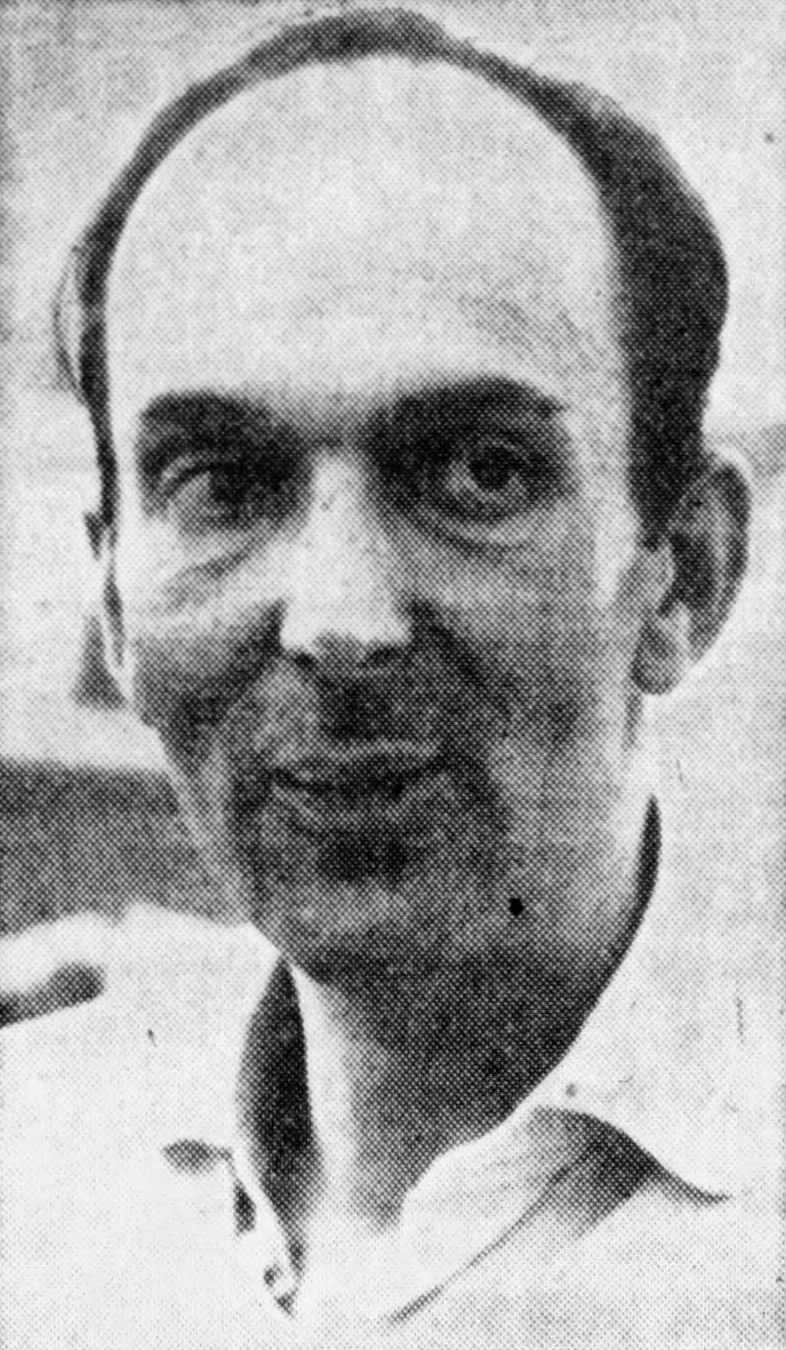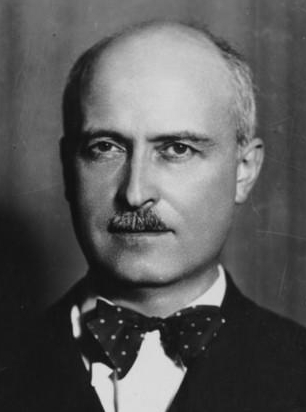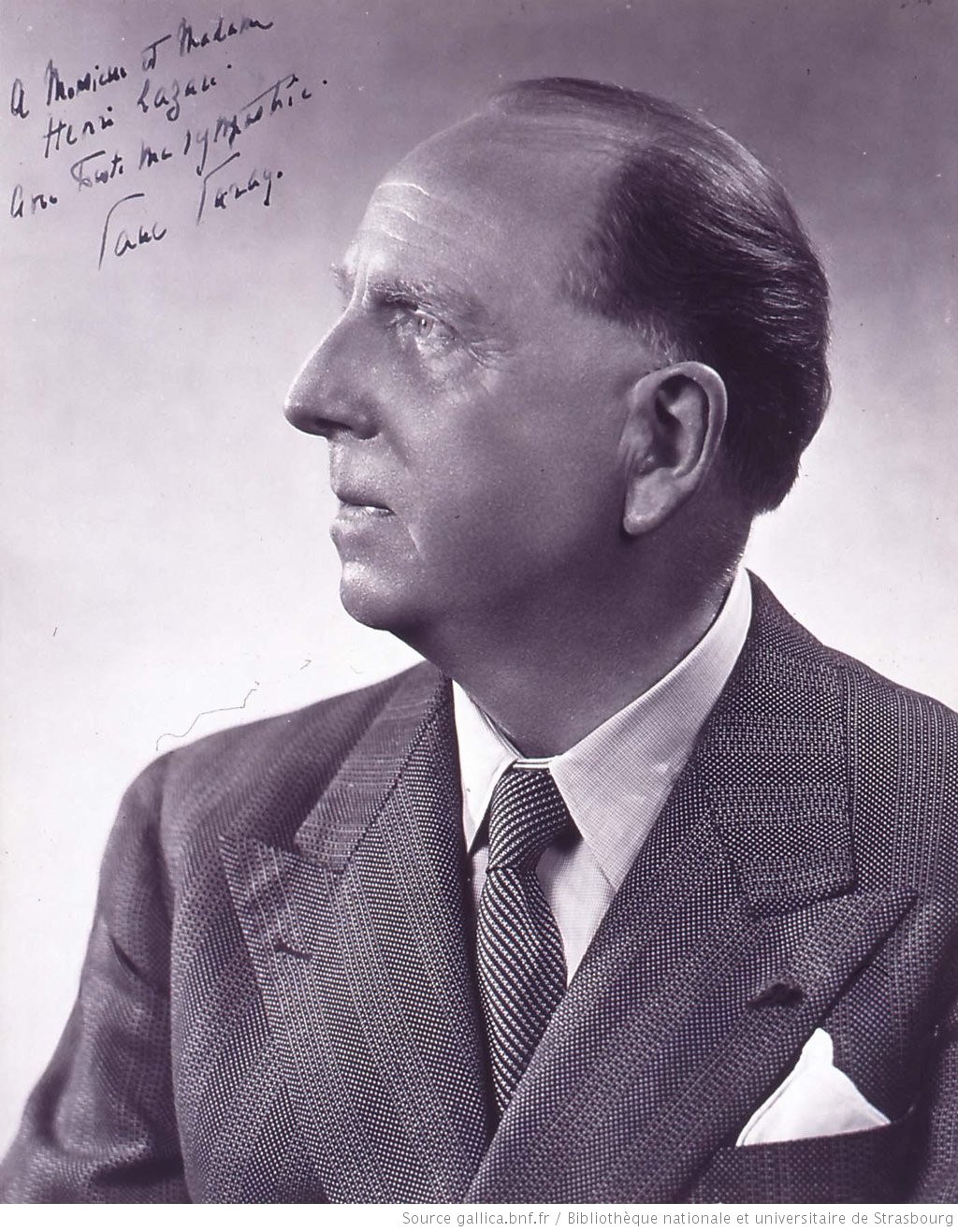|
Daniel Deffayet
Daniel Deffayet (May 23, 1922 – December 27, 2002) was a French classical saxophonist. He was the professor of saxophone at the Conservatoire de Paris where he succeeded Marcel Mule after Mule's retirement in 1968. He held this position until 1988. Biography Daniel Deffayet started studying music at the age of seven, and later entered the Paris conservatory where he studied the saxophone with Marcel Mule. He became professor and worked with chamber orchestras under the direction (i.a.) of Bernstein, Boulez, Cluytens, Doráti, Fricsay, Karajan, Kubelík, Leinsdorf, Maazel, Markevitch, Martinon, Monteux, Munch, Ozawa, Paray et Villa-Lobos. In 1953 he established his quartet. He recorded several times with Herbert Von Karajan and the Berlin Philharmonic. Recordings *Ibert: '' Concertino da camera'' (Epic) *Woodwind Music: Gallois-Montbrun, Glazunov (Musical Heritage Society) *Rivier: Double Concerto (RTF-Barclay) *Debussy: Rapsodie (ERATO) *Daniel Deffayet, Alto S ... [...More Info...] [...Related Items...] OR: [Wikipedia] [Google] [Baidu] |
Classical Music
Classical music generally refers to the art music of the Western world, considered to be distinct from Western folk music or popular music traditions. It is sometimes distinguished as Western classical music, as the term "classical music" also applies to non-Western art music. Classical music is often characterized by formality and complexity in its musical form and harmonic organization, particularly with the use of polyphony. Since at least the ninth century it has been primarily a written tradition, spawning a sophisticated notational system, as well as accompanying literature in analytical, critical, historiographical, musicological and philosophical practices. A foundational component of Western Culture, classical music is frequently seen from the perspective of individual or groups of composers, whose compositions, personalities and beliefs have fundamentally shaped its history. Rooted in the patronage of churches and royal courts in Western Europe, surviving earl ... [...More Info...] [...Related Items...] OR: [Wikipedia] [Google] [Baidu] |
Igor Markevitch
Igor Borisovich Markevitch (russian: Игорь Борисович Маркевич, ''Igor Borisovich Markevich'', uk, Ігор Борисович Маркевич, ''Ihor Borysovych Markevych''; 27 July 1912 – 7 March 1983) was a Russian-born composer and conductor who studied and worked in Paris and became a naturalized Italian and French citizen in 1947 and 1982 respectively. He was commissioned in 1929 for a piano concerto by impresario Serge Diaghilev of the Ballet Russe de Monte Carlo. Markevitch settled in Italy during World War II. After the war, he moved to Switzerland. He had an international conducting career from there. He was married twice and had three sons and two daughters. Origin He was born in Kiev, Kiev Governorate, Russian Empire (today Kyiv, Ukraine) to a family of Ukrainian Cossack ''starshyna'' who were ennobled in the 18th century. His great-grandfather Andrey Markevitch was a Secretary of State at the time of Alexander II of Russia, Actual Priv ... [...More Info...] [...Related Items...] OR: [Wikipedia] [Google] [Baidu] |
Alexander Glazunov
Alexander Konstantinovich Glazunov; ger, Glasunow (, 10 August 1865 – 21 March 1936) was a Russian composer, music teacher, and conductor of the late Russian Romantic period. He was director of the Saint Petersburg Conservatory between 1905 and 1928 and was instrumental in the reorganization of the institute into the Petrograd Conservatory, then the Leningrad Conservatory, following the Bolshevik Revolution. He continued as head of the Conservatory until 1930, though he had left the Soviet Union in 1928 and did not return. The best-known student under his tenure during the early Soviet years was Dmitri Shostakovich. Glazunov successfully reconciled nationalism and cosmopolitanism in Russian music. While he was the direct successor to Balakirev's nationalism, he tended more towards Borodin's epic grandeur while absorbing a number of other influences. These included Rimsky-Korsakov's orchestral virtuosity, Tchaikovsky's lyricism and Taneyev's contrapuntal skill. Younger comp ... [...More Info...] [...Related Items...] OR: [Wikipedia] [Google] [Baidu] |
Raymond Gallois-Montbrun
Raymond Gallois-Montbrun (15 August 1918, Saigon – 13 August 1994, Paris) was a French violinist and composer. He studied violin and composition at the Conservatoire de Paris, and won the Prix de Rome in 1944. His works include a violin concerto and the symphony ''Japan'', as well as film scores, such as ''Danger de mort'' (1947) and ''Cry, the Beloved Country ''Cry, the Beloved Country'' is a 1948 novel by South African writer Alan Paton. Set in the prelude to apartheid in South Africa, it follows a black village priest and a white farmer who must deal with news of a murder. American publisher Benne ...'' (1951). ReferencesMusimem biography, catalogue of works and memoir by Claude Pascal, accessed 3 February 2010 1918 births 1994 deaths People from Ho Chi Minh City 20th-century classical composers French male classical composers Prix de Rome for composition Conservatoire de Paris alumni Directors of the Conservatoire de Paris French opera composers Members o ... [...More Info...] [...Related Items...] OR: [Wikipedia] [Google] [Baidu] |
Concertino Da Camera (Ibert)
The Concertino da camera for alto saxophone and eleven instruments was written by Jacques Ibert in 1935. Ibert dedicated the work to saxophone pioneer Sigurd Raschèr,Raschèr, S. Top Tones for the Saxophone, (1941) Carl Fischer, NY page 19 who premiered the first movement in 1935. Later that year, Ibert completed the second movement, which was performed for the first time in its entirety by Raschèr in December 1935. The work is in two movements; the first, ''Allegro con moto'', is lively and technically challenging and the second begins with a lyrical ''Larghetto,'' featuring soaring lines in the saxophone's upper register. A short cadenza In music, a cadenza (from it, cadenza, link=no , meaning cadence; plural, ''cadenze'' ) is, generically, an improvisation, improvised or written-out ornament (music), ornamental passage (music), passage played or sung by a solo (music), sol ... links to the movement's concluding ''Animato molto''. The concerto is distinctive for its la ... [...More Info...] [...Related Items...] OR: [Wikipedia] [Google] [Baidu] |
Jacques Ibert
Jacques François Antoine Marie Ibert (15 August 1890 – 5 February 1962) was a French composer of classical music. Having studied music from an early age, he studied at the Paris Conservatoire and won its top prize, the Prix de Rome at his first attempt, despite studies interrupted by his service in World War I. Ibert pursued a successful composing career, writing (sometimes in collaboration with other composers) seven operas, five ballets, incidental music for plays and films, works for piano solo, choral works, and chamber music. He is probably best remembered for his orchestral works including ''Divertissement'' (1930) and ''Escales'' (1922). As a composer, Ibert did not attach himself to any of the prevalent genres of music of his time, and has been described as an eclectic. This is seen even in his best-known pieces: ''Divertissement'' for small orchestra is lighthearted, even frivolous, and ''Escales'' (1922) is a ripely romantic work for large orchestra. In tandem with h ... [...More Info...] [...Related Items...] OR: [Wikipedia] [Google] [Baidu] |
Berlin Philharmonic
The Berlin Philharmonic (german: Berliner Philharmoniker, links=no, italic=no) is a German orchestra based in Berlin. It is one of the most popular, acclaimed and well-respected orchestras in the world. History The Berlin Philharmonic was founded in Berlin in 1882 by 54 musicians under the name Frühere Bilsesche Kapelle (literally, "Former Bilse's Band"); the group broke away from their previous conductor Benjamin Bilse after he announced his intention of taking the band on a fourth-class train to Warsaw for a concert. The orchestra was renamed and reorganized under the financial management of Hermann Wolff in 1882. Their new conductor was Ludwig von Brenner; in 1887 Hans von Bülow, the conductor of the Meiningen Court Orchestra and one of the most famous piano virtuosos of the time, took over the post. This helped to establish the orchestra's international reputation, and guests Hans Richter, Felix von Weingartner, Richard Strauss, Gustav Mahler, Johannes Brahms and Edva ... [...More Info...] [...Related Items...] OR: [Wikipedia] [Google] [Baidu] |
Herbert Von Karajan
Herbert von Karajan (; born Heribert Ritter von Karajan; 5 April 1908 – 16 July 1989) was an Austrian conductor. He was principal conductor of the Berlin Philharmonic for 34 years. During the Nazi era, he debuted at the Salzburg Festival, with the Vienna Philharmonic, the Berlin Philharmonic, and during the Second World War he conducted at the Berlin State Opera. Generally regarded as one of the greatest conductors of the 20th century, he was a controversial but dominant figure in European classical music from the mid-1950s until his death. Part of the reason for this was the large number of recordings he made and their prominence during his lifetime. By one estimate, he was the top-selling classical music recording artist of all time, having sold an estimated 200 million records. Biography Early life Genealogy The Karajans were of Greek ancestry. Herbert's great-great-grandfather, Georg Karajan (Geórgios Karajánnis, el, Γεώργιος Καραγιάννης, lin ... [...More Info...] [...Related Items...] OR: [Wikipedia] [Google] [Baidu] |
Heitor Villa-Lobos
Heitor Villa-Lobos (March 5, 1887November 17, 1959) was a Brazilian composer, conductor, cellist, and classical guitarist described as "the single most significant creative figure in 20th-century Brazilian art music". Villa-Lobos has become the best-known South American composer of all time. A prolific composer, he wrote numerous orchestral, chamber, instrumental and vocal works, totaling over 2000 works by his death in 1959. His music was influenced by both Brazilian folk music and stylistic elements from the European classical tradition, as exemplified by his ''Bachianas Brasileiras'' (Brazilian Bachian-pieces) and his Chôros. His Etudes for classical guitar (1929) were dedicated to Andrés Segovia, while his ''5 Preludes'' (1940) were dedicated to his spouse Arminda Neves d'Almeida, a.k.a. "Mindinha". Both are important works in the classical guitar repertory. Biography Youth and exploration Villa-Lobos was born in Rio de Janeiro. His father, Raúl, was a civil servant, an ... [...More Info...] [...Related Items...] OR: [Wikipedia] [Google] [Baidu] |
Paul Paray
Paul Marie-Adolphe Charles Paray () (24 May 1886 – 10 October 1979) was a French conductor, organist and composer. He was the resident conductor of the Detroit Symphony Orchestra from 1952 until 1963. Early life and education Paul Paray was born in Le Tréport, Normandy, on 10 October 1886. His father, Auguste, a sculptor, organist at St. Jacques church, and leader of an amateur musical society, put young Paray in the society's orchestra as a drummer. Later, Paray went to Rouen to study music with the abbots Bourgeois and Bourdon, and organ with Haelling, which prepared him to enter the Paris Conservatoire. Career In 1911, Paray won the Premier Grand Prix de Rome for his cantata ''Yanitza''. Deprived of paper while a prisoner of war during World War I, Paray composed his string quartet in E minor, and the piano suite ''D'une âme...'', both in his head, only writing them down from memory after the war. Once the war was over, Paray was invited to conduct the orchestra of t ... [...More Info...] [...Related Items...] OR: [Wikipedia] [Google] [Baidu] |
Seiji Ozawa
Seiji (written: , , , , , , , , , , , , , , , , , , , , , or in hiragana) is a masculine Japanese given name. Notable people with the name include: *, Japanese ski jumper *, Japanese racing driver *, Japanese politician *, Japanese film director and producer *, Japanese golfer *, Japanese basketball player *, Japanese actor *, Japanese politician *, Japanese rugby union player *, Japanese film director *, Japanese footballer *Seiji Inagaki (born 1973), Japanese hurdler *, Japanese musician and record producer * Seiji Kameyama (亀山 晴児, born 1979), Japanese rapper better known as WISE *, Japanese footballer *, Japanese aviator *, Japanese politician *, Japanese footballer *, Japanese anime director *, Japanese professional baseball player *, Japanese footballer *Seiji Kubo (born 1973), Japanese footballer *, Japanese cross-country skier *, Japanese voice actor *, Japanese photographer *, Japanese politician *, Japanese politician *, Japanese sport wrestler *, Japanese manga ... [...More Info...] [...Related Items...] OR: [Wikipedia] [Google] [Baidu] |




_–_Gerd_Hruška.png)

